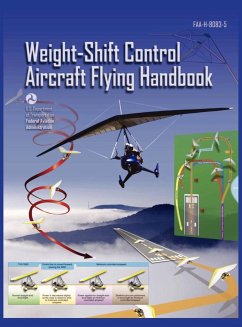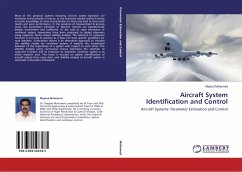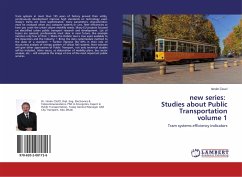
Head Biomechanics
Versandkostenfrei!
Versandfertig in 1-2 Wochen
15,99 €
inkl. MwSt.

PAYBACK Punkte
8 °P sammeln!
This monograph is aimed to develop a high quality, validated finite element (FE) human head and neck model for traumatic brain injuries (TBI) prediction and prevention during vehicle collisions. The geometry of the FE model was based on computed tomography (CT) and magnetic resonance imaging (MRI) scans of a volunteer close to the anthropometry of a 50th percentile male. The model has more than 293,000 nodes and 1,173,000 linear tetrahedral elements included in 47 distinct components (parts). The material and structural properties were selected based on a synthesis of current knowledge of the ...
This monograph is aimed to develop a high quality, validated finite element (FE) human head and neck model for traumatic brain injuries (TBI) prediction and prevention during vehicle collisions. The geometry of the FE model was based on computed tomography (CT) and magnetic resonance imaging (MRI) scans of a volunteer close to the anthropometry of a 50th percentile male. The model has more than 293,000 nodes and 1,173,000 linear tetrahedral elements included in 47 distinct components (parts). The material and structural properties were selected based on a synthesis of current knowledge of the constitutive models for each tissue. These validations include the intracranial pressure (ICP), impact force and intracranial acceleration response. Overall results obtained in the validation indicated improved biofidelity relative to previous FE models. This model has the capability to predict injuries while the calculated injury indices indicate a good ability to predict corresponding injury types and severity. The model may be used in future for improving the current Head Injury Criteria (HIC) and the design of Anthropometric Test Devices (ATD). It is expected the new human FE model will help in better understanding the injury mechanisms during vehicle collisions and developing advanced restraint systems.












